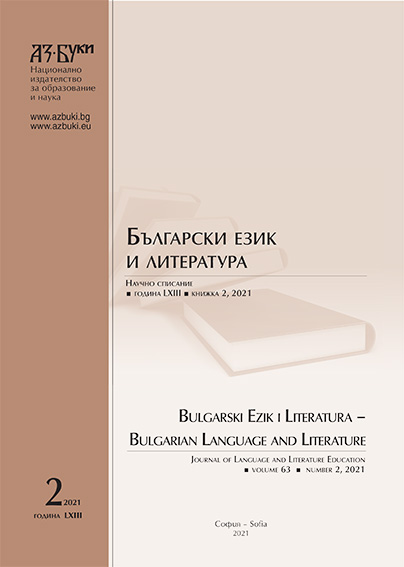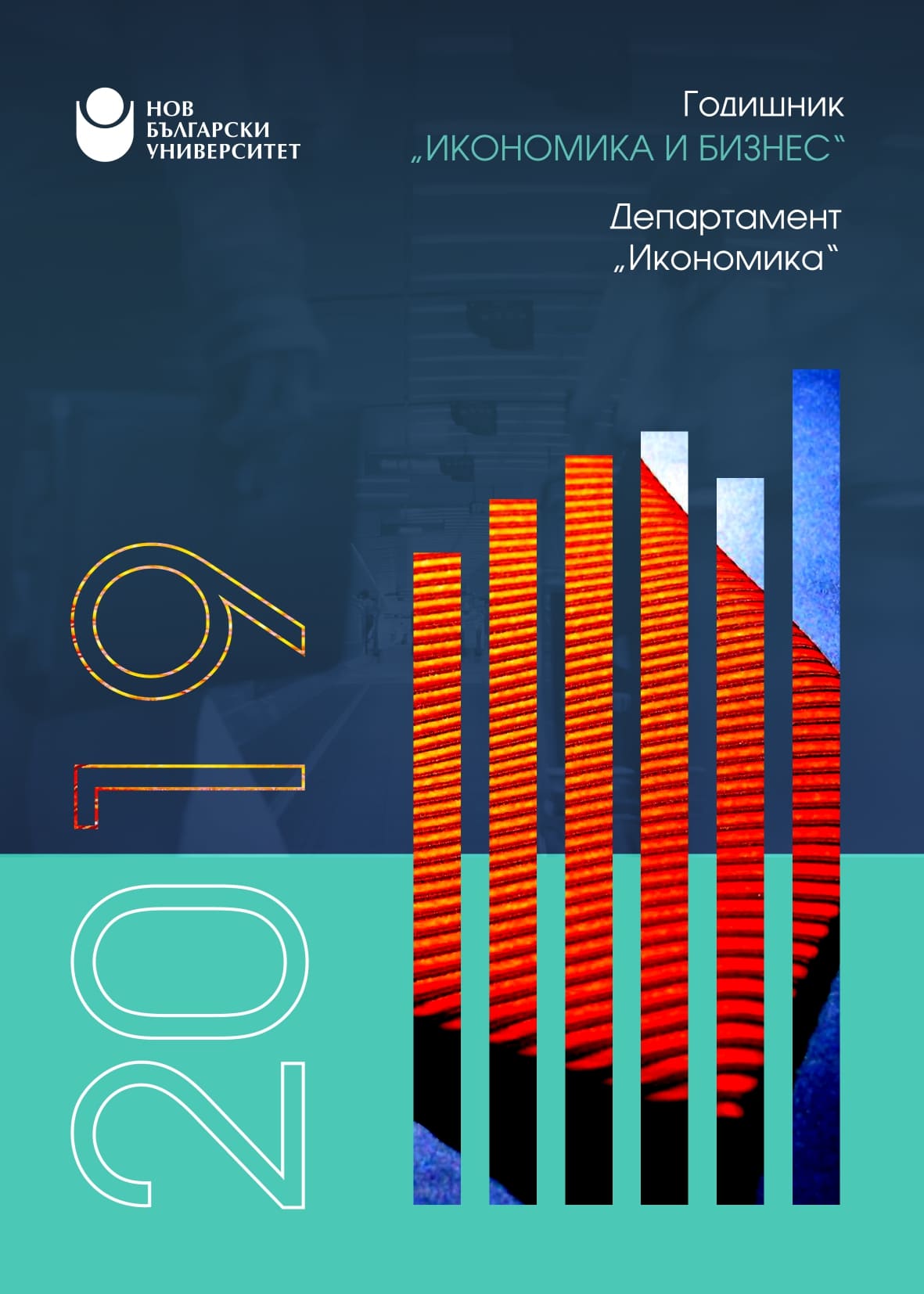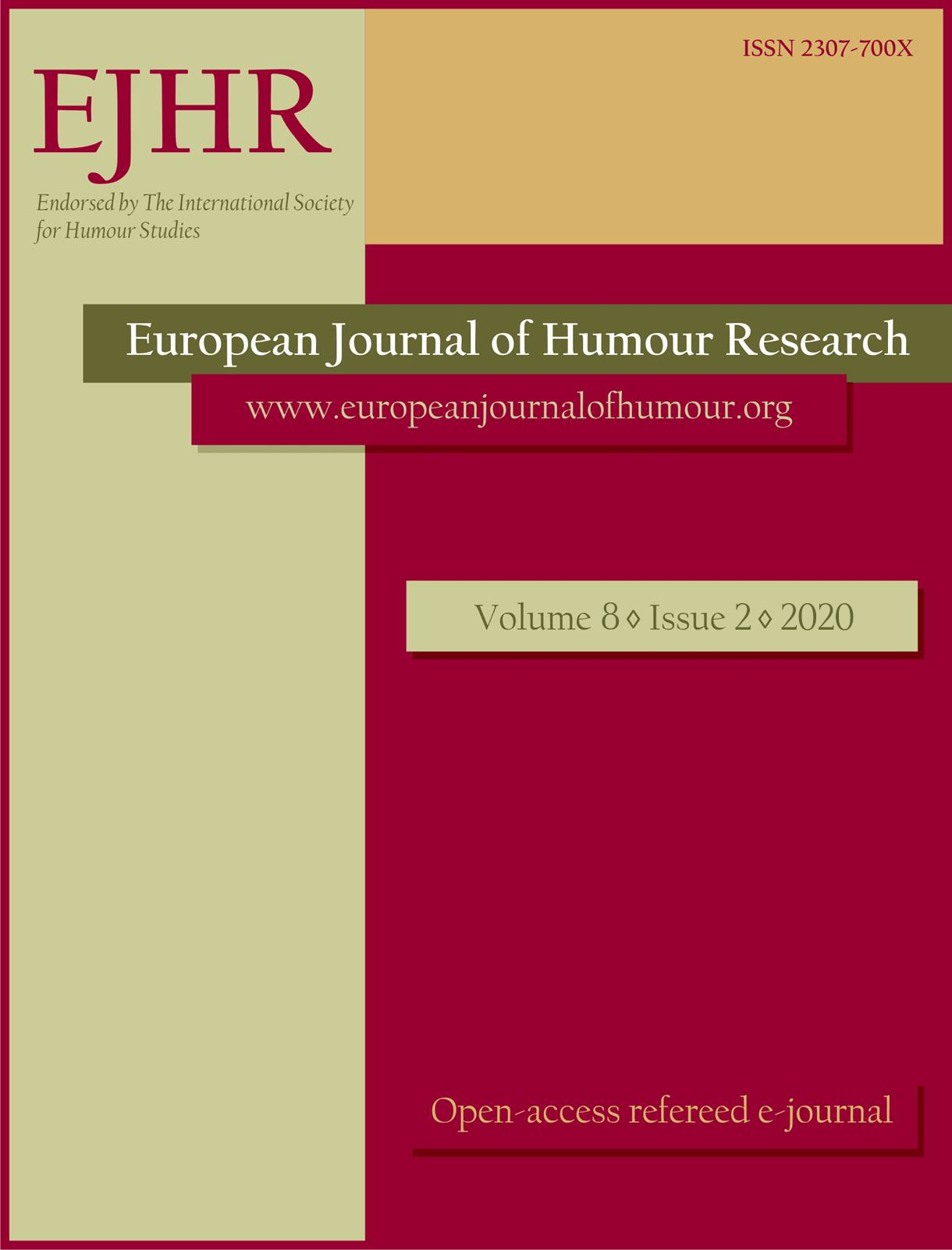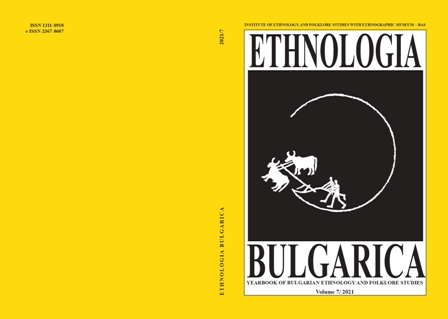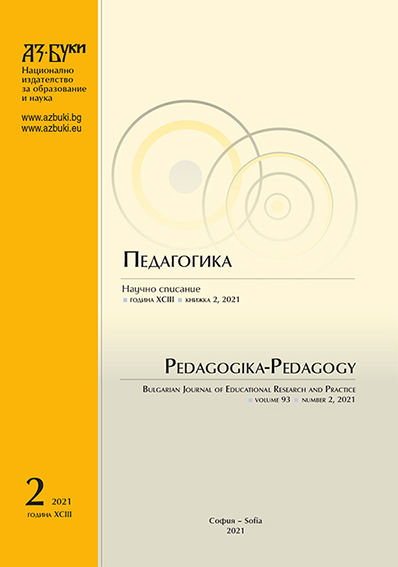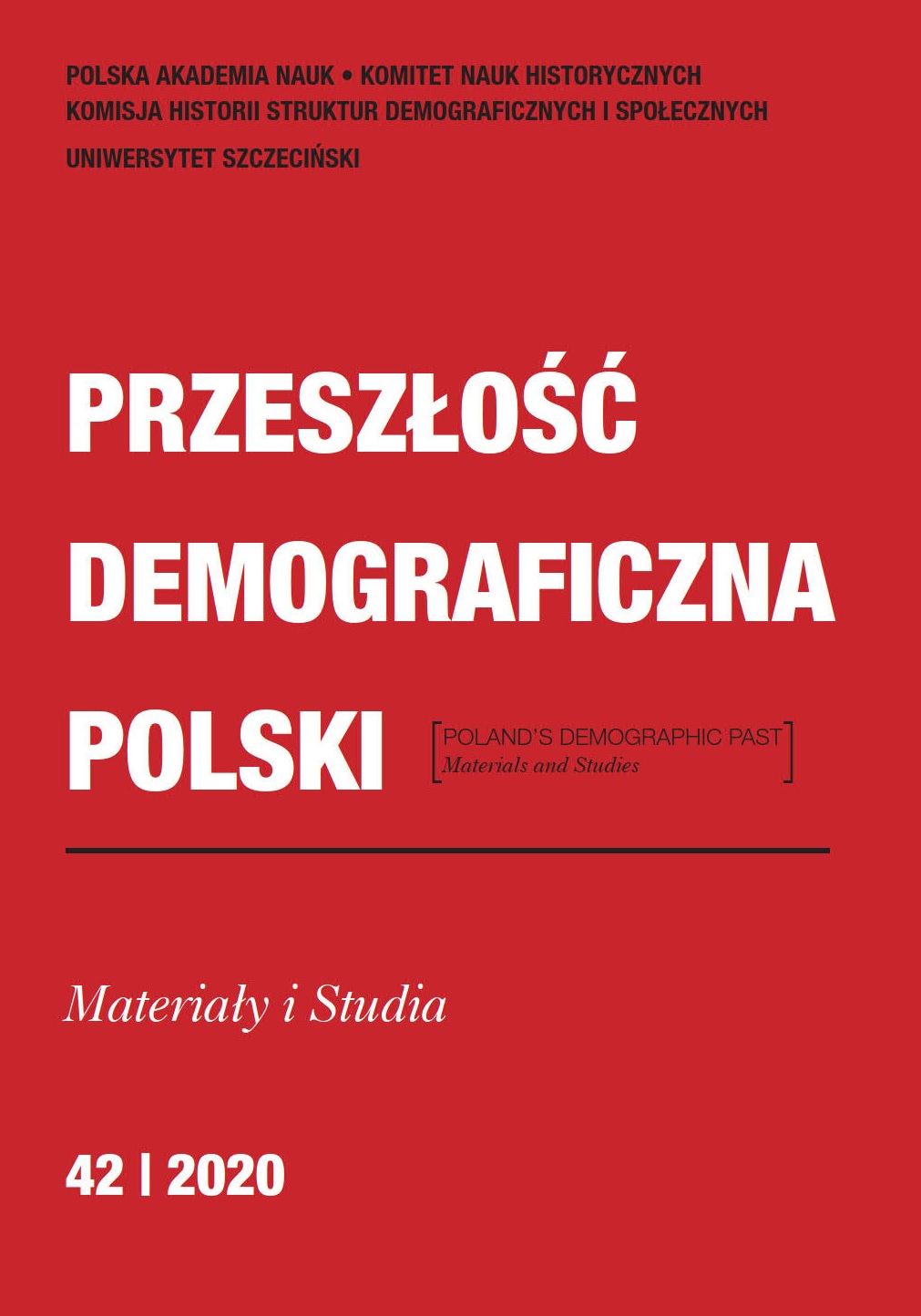
The Process of Demographic Transition in Lands of the Former Polish-Lithuanian Commonwealth and Other Areas with Polish-Speaking Populations, 1865–1912
The aim of the research is to trace the process of demographic transition in the area of the former Polish-Lithuanian Commonwealth, enlarged by areas with a predominantly Polish-speaking population, Upper Silesia and Cieszyn Silesia, as well as Southern Masuria. The time frame of the work covers the years 1865–1912. Changes in the basic indicators of the vital statistics of the population were analyzed: the crude death rate (death rate per 1,000 population), the crude birth rate and the crude marriage rate. The source of the data is the work of Adam Krzyżanowski and Kazimierz Kumaniecki, Statystyka Polski [Statistics of Poland], which was in fact the first statistical yearbook of the former Polish-Lithuanian Commonwealth and other predominantly Polish-speaking areas. The analysis was carried out strictly according to the requirements of the demographic transition theory. A comparative analysis of the demographic situation in these lands on the eve of the outbreak of World War I was carried out using Ward’s taxonomic method and the k-means method. The results of the analysis indicate that the process of demographic transition in these lands was varied and was conditioned by their economic development and geographical location.
More...
